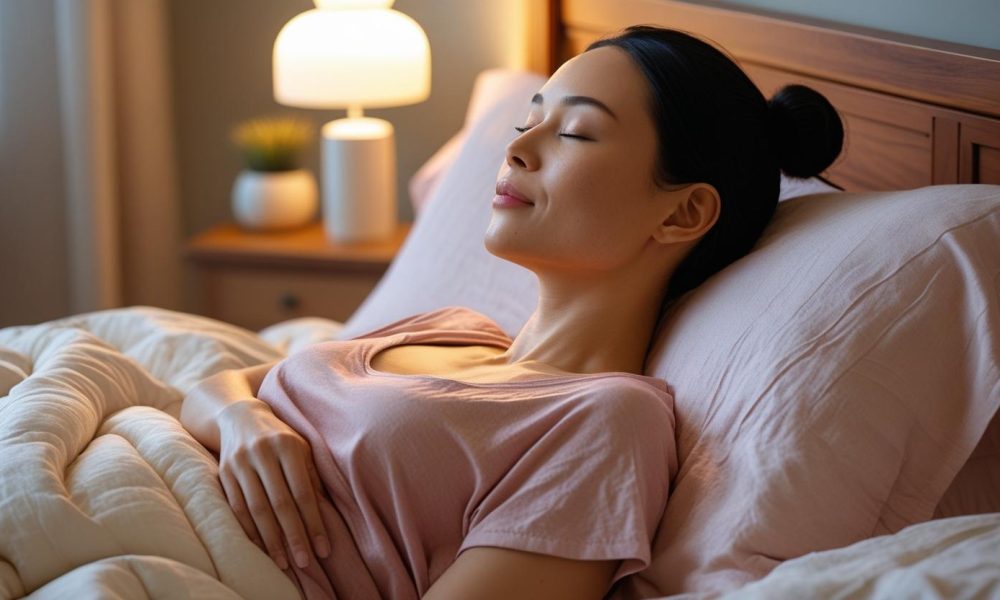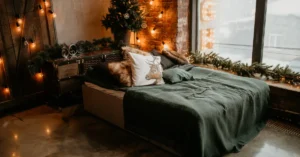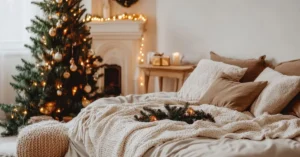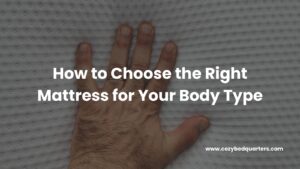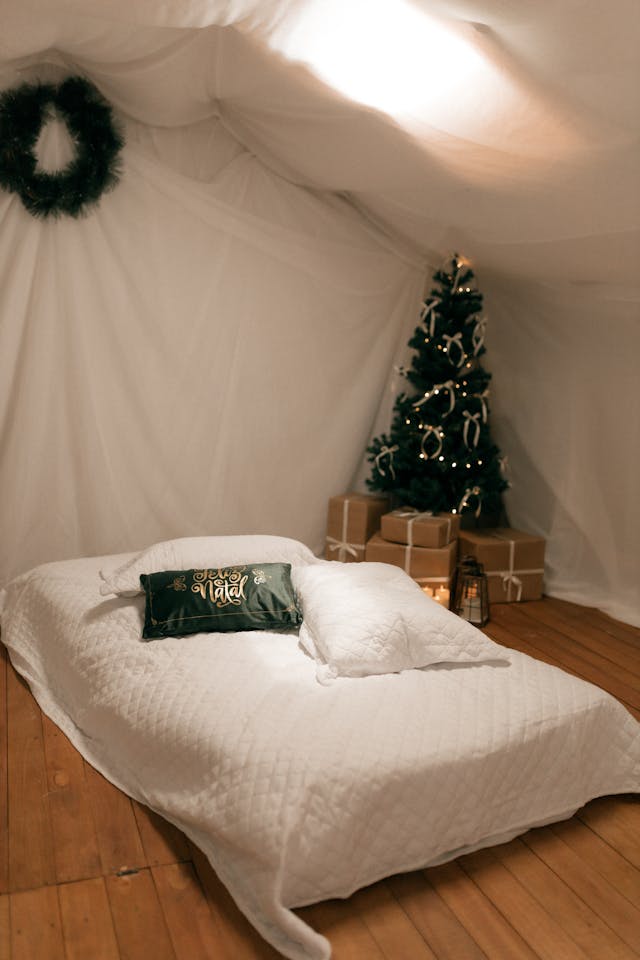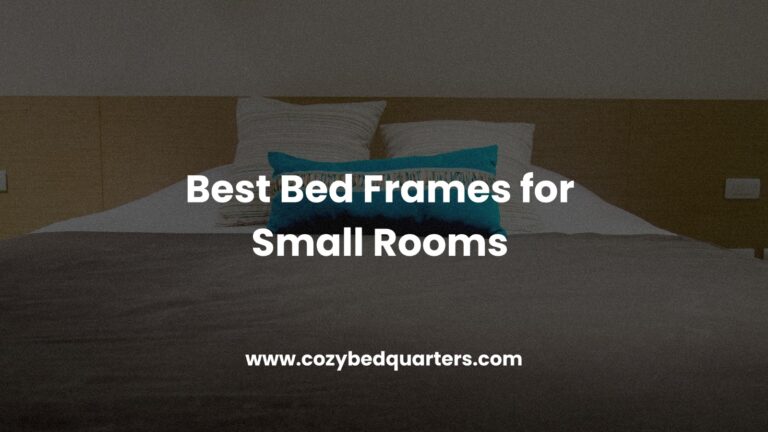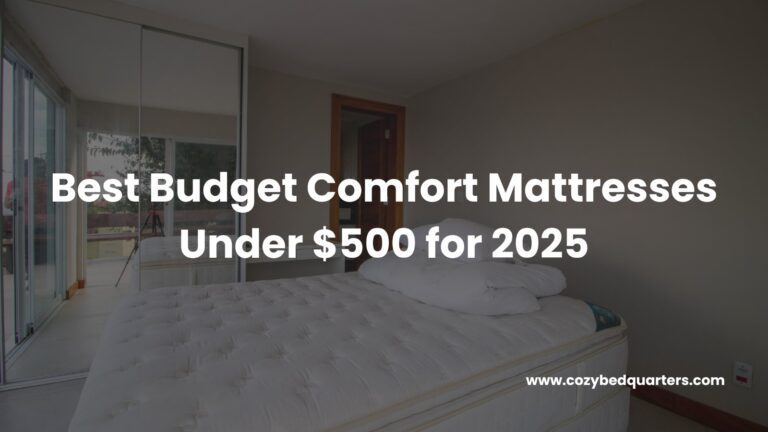Falling Asleep Faster: 10 Proven Hacks for Better Sleep
Falling asleep faster doesn’t have to be a struggle. With the right tools and sleep habits, you can quiet your mind, relax your body, and fall asleep faster—naturally and consistently. Discover science-backed sleep hacks that help you get the restful night you deserve.
Key Takeaways
- Master the 4-7-8 breathing method to trigger your body’s natural sleep response
- Optimize your bedroom temperature for deeper, uninterrupted sleep
- Use progressive muscle relaxation to melt away stress and tension
- Incorporate white noise and soothing sleep sounds to block distractions
- Limit caffeine, alcohol, and blue light exposure to support your sleep cycle
1. Falling Asleep Faster with the 4-7-8 Breathing Technique
The 4-7-8 breathing technique is a simple, science-based exercise that calms your mind and body within minutes. Inhale deeply through your nose for 4 seconds, hold your breath for 7 seconds, then slowly exhale through your mouth for 8 seconds. Repeat this cycle four times, focusing on each breath. This practice activates the parasympathetic nervous system, reducing anxiety and helping you fall asleep faster. Try combining it with gentle music or essential oils for even greater relaxation.
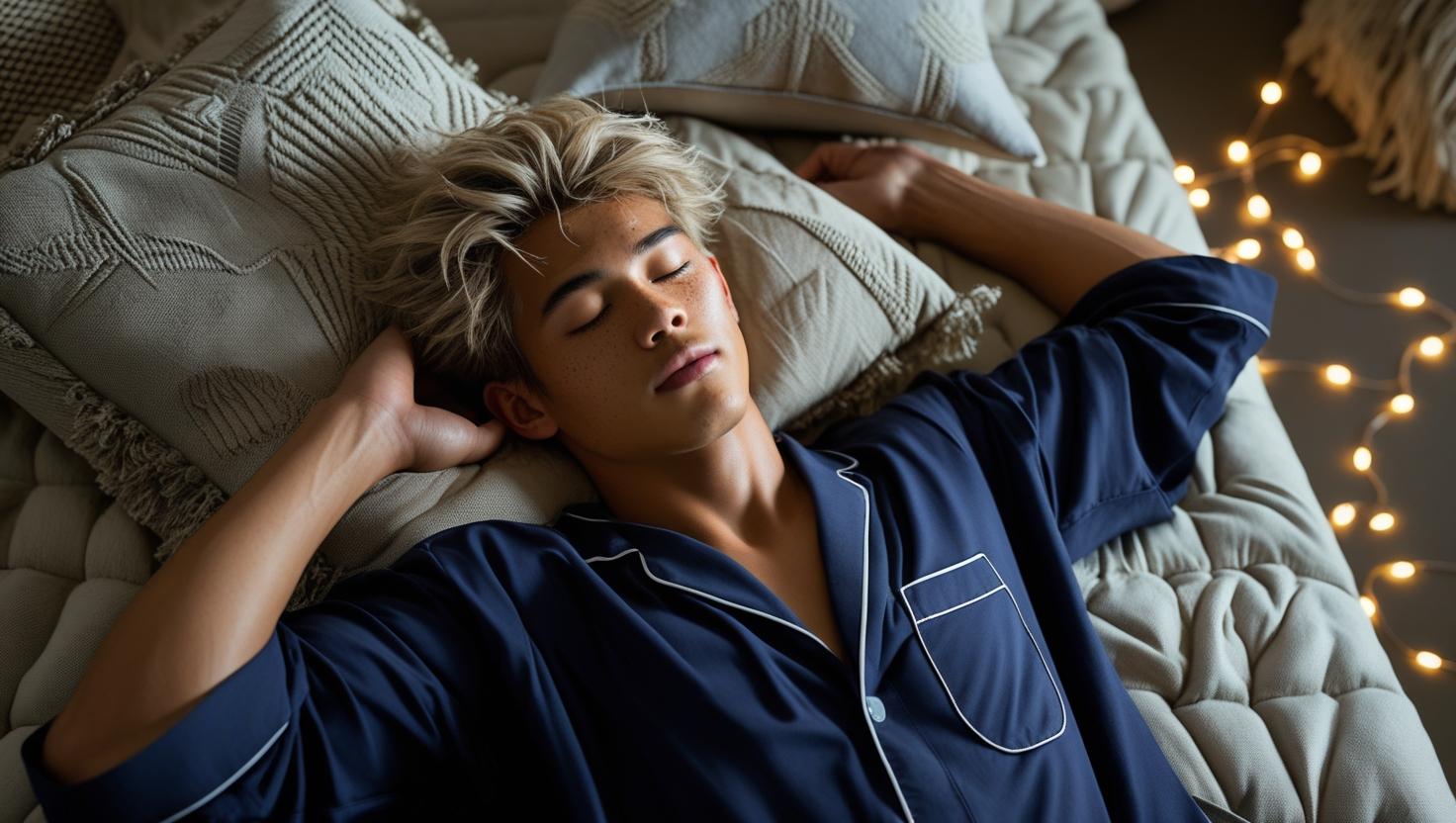
According to the Sleep Foundation, controlled breathing techniques can lower your heart rate and quickly transition your body into sleep mode.
2. Falling Asleep Faster by Optimizing Your Room’s Temperature
Your core body temperature naturally drops as you drift off. For falling asleep faster, set your bedroom between 60–67°F (15–19°C). Use breathable bedding such as cotton or bamboo and consider a warm shower before bed—this signals to your body that it’s time to rest as you cool down. Don’t forget to keep your feet uncovered for optimal thermoregulation.

A cooler room not only encourages melatonin production but also reduces night sweats and restless tossing, according to Sleep Cycle.
3. Falling Asleep Faster Using Progressive Muscle Relaxation (PMR)
Progressive Muscle Relaxation (PMR) is a guided practice that relieves physical and mental tension—both of which can keep you awake at night. To use PMR for falling asleep faster, tense and then relax each muscle group in your body, starting with your toes and working your way up to your face. This helps release stress and signals to your brain that it’s safe to let go.
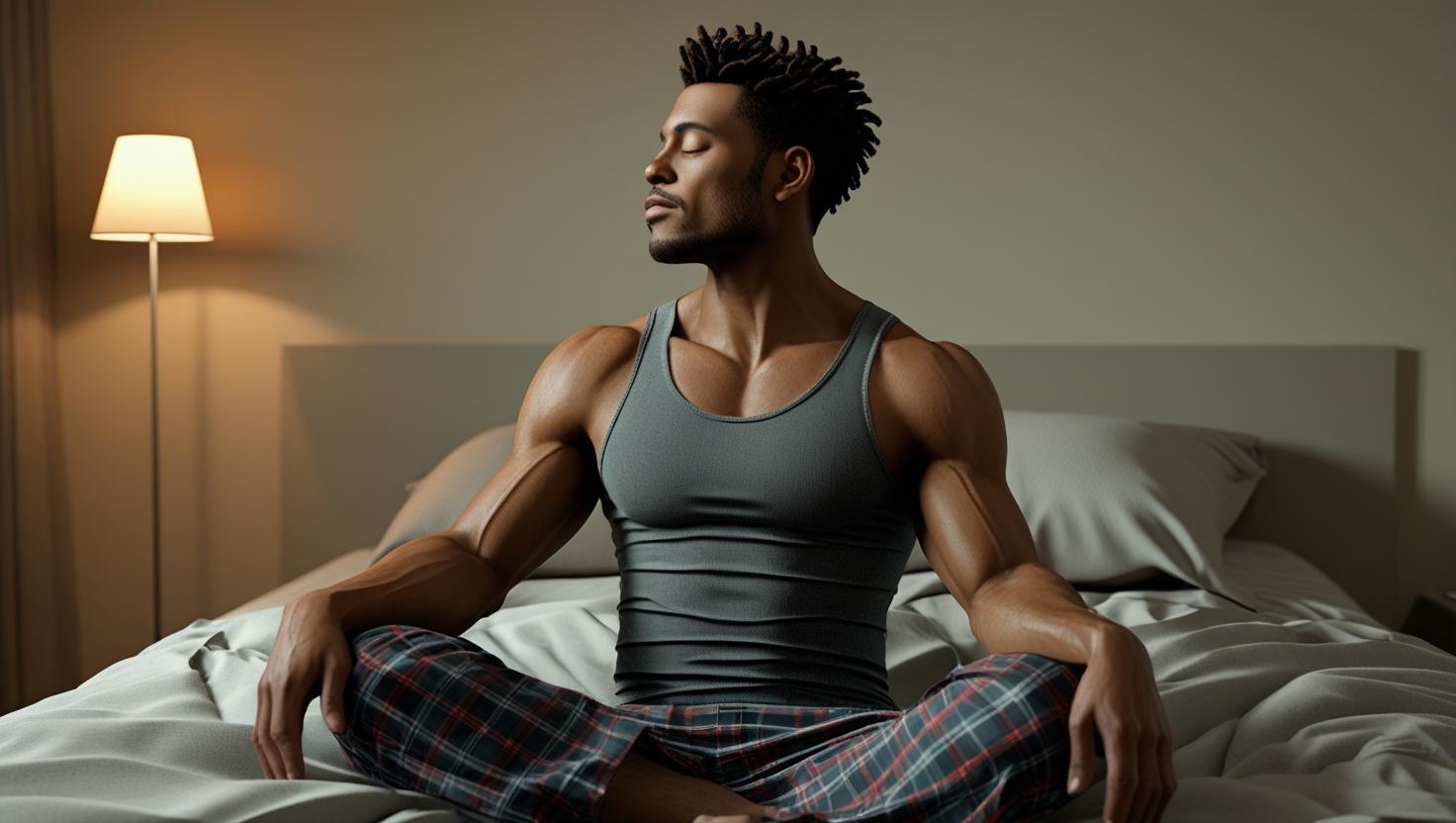
PMR is recommended by clinicians and is often paired with deep breathing or guided meditations for even greater effect. For a step-by-step audio guide, see the emotional sleep processing resource on Cozy Bed Quarters.
4. Falling Asleep Faster with White Noise and Sleep Sounds
White noise, nature sounds, and calming audio tracks are excellent tools for falling asleep faster. These sounds mask disruptive noises and create a sleep-friendly environment. Try a white noise machine, a playlist of rain or ocean sounds, or pink noise (which studies suggest is particularly effective for deep sleep).
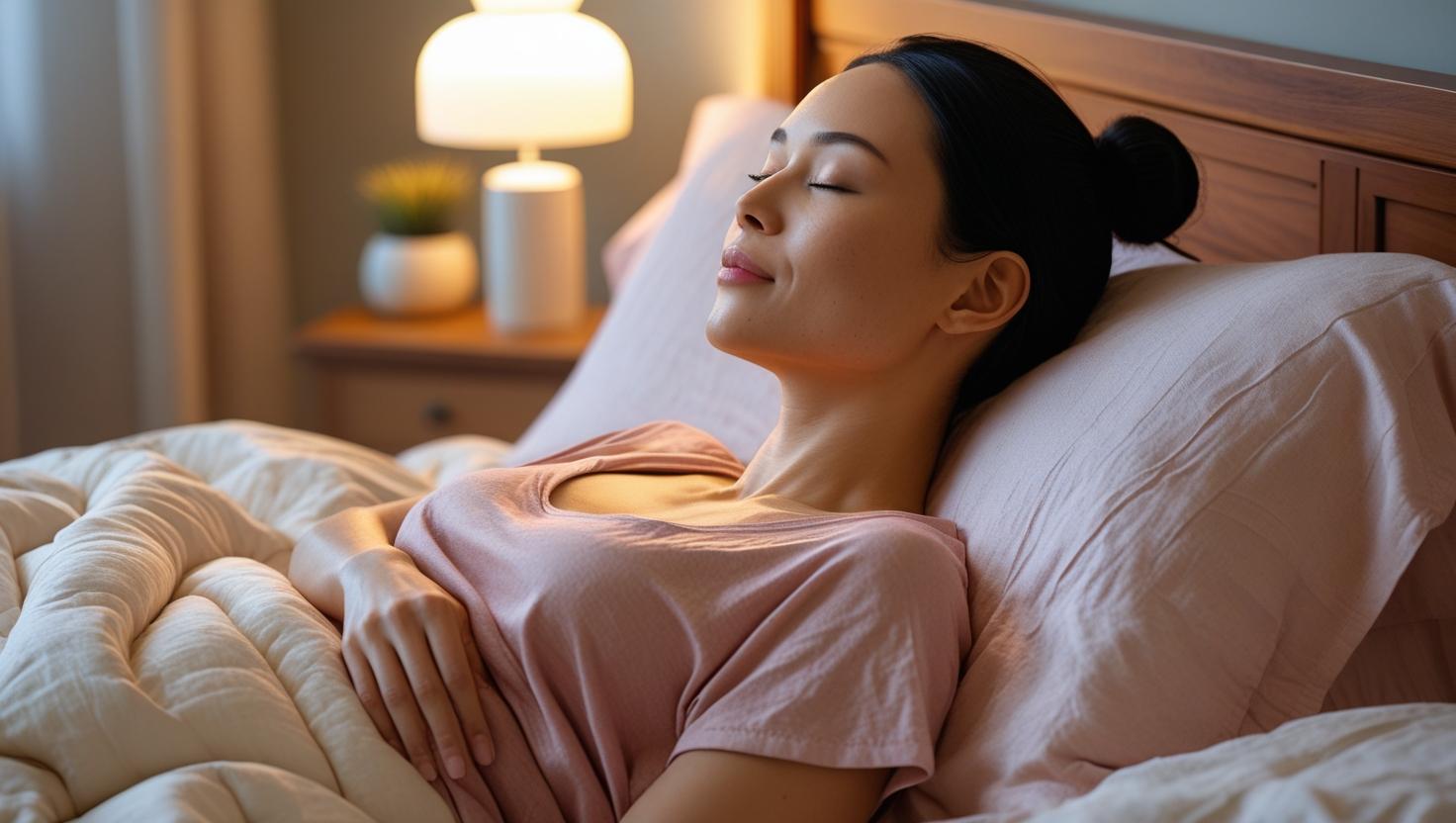
A recent Sleep Foundation report shows that sleep sounds can help people fall asleep up to 38% faster by reducing nighttime awakenings and boosting overall sleep satisfaction.
5. Falling Asleep Faster with the 10-Minute Rule for Racing Thoughts
If your mind is busy, don’t force yourself to sleep. Instead, try the 10-minute rule: If you can’t sleep after 10–15 minutes, get up and do a calm, non-stimulating activity like reading or journaling in dim light. Only return to bed when you feel sleepy. This technique helps break the association between your bed and anxiety, ultimately helping you fall asleep faster in the long term.
For more strategies on sleep and emotional health, explore sleep and emotional processing guides.
6. Falling Asleep Faster by Limiting Caffeine & Alcohol
Both caffeine and alcohol disrupt your natural sleep cycle. For falling asleep faster, avoid caffeine at least 6 hours before bedtime and skip alcohol within 3 hours of going to sleep. Choose herbal teas like chamomile or valerian root, which naturally relax the nervous system. Watch out for hidden sources of caffeine such as chocolate or certain medications.
According to WebMD, even moderate evening alcohol consumption can decrease REM sleep and cause more frequent night wakings.
7. Falling Asleep Faster Using Paradoxical Intention
Paradoxical Intention is a surprising yet effective method: instead of trying to fall asleep, gently tell yourself to stay awake. This removes the anxiety and pressure around falling asleep faster, making it easier to relax. Multiple studies suggest that people who use this technique actually fall asleep more quickly than those who “try” to sleep.
Explore more science-backed methods in deep sleep hacks from Cozy Bed Quarters.
8. Falling Asleep Faster by Dimming the Lights & Avoiding Blue Light
Bright light—especially blue light from screens—blocks melatonin and makes falling asleep faster much harder. Turn off devices or use blue light filters at least 60 minutes before bedtime. Switch to dim, warm-toned lighting in the evening and consider wearing blue-light-blocking glasses. For night lighting, choose amber or red bulbs that don’t interfere with melatonin.
According to the Sleep Foundation, proper light management can boost melatonin by up to 50%, making it much easier to fall asleep quickly.
9. Falling Asleep Faster with a Consistent Sleep Schedule
Your body thrives on rhythm. Going to bed and waking up at the same time each day—even on weekends—trains your internal clock and supports falling asleep faster. Over time, this consistency helps you feel sleepy at your target bedtime and boosts the quality of your rest.
For step-by-step sleep schedule strategies, see how to reset your sleep clock.
10. Falling Asleep Faster with a Bedtime Routine
A relaxing bedtime routine signals to your brain that it’s time to wind down. Try a calming activity like reading, gentle stretching, sipping herbal tea, or taking a warm bath. Avoid screens and stimulating activities. The more consistent your routine, the more your mind associates it with falling asleep faster.
Get more actionable routines at cozy bedtime rituals.
Falling asleep faster is achievable for anyone. By practicing these evidence-based techniques—from optimizing your sleep environment to mastering relaxation methods—you can create a personalized toolkit for better sleep. Remember, even small changes add up. Experiment with these hacks, be patient with yourself, and enjoy the transformation as you start falling asleep faster and waking up truly refreshed.
FAQ
What is the fastest way to fall asleep?
The fastest way to fall asleep is to combine deep breathing, progressive muscle relaxation, and a cool, dark sleep environment. The 4-7-8 breathing method works for many people in under a minute.
Does blue light really affect falling asleep faster?
Yes. Blue light from screens suppresses melatonin, the hormone that signals your body to sleep. Avoid screens and use dim, warm lights in the hour before bed to help you fall asleep faster.
Are sleep supplements safe for falling asleep faster?
Melatonin and herbal supplements like valerian can help in the short term, but it’s best to consult your doctor before use. Natural sleep hygiene habits are the safest long-term strategy for falling asleep faster.
How can I calm my mind for falling asleep faster?
Mindfulness, journaling, and the 10-minute rule (getting out of bed if you can’t sleep) help calm racing thoughts, making falling asleep faster and easier.
Related reading from Cozy Bed Quarters
Other reading we found popular
- Healthy Sleep Tips from the Sleep Foundation
- Eachnight’s Guide to Sleeping Better
- The Spruce on Bedroom Lighting for Better Sleep
- Apartment Therapy: Small Bedroom Sleep Ideas

